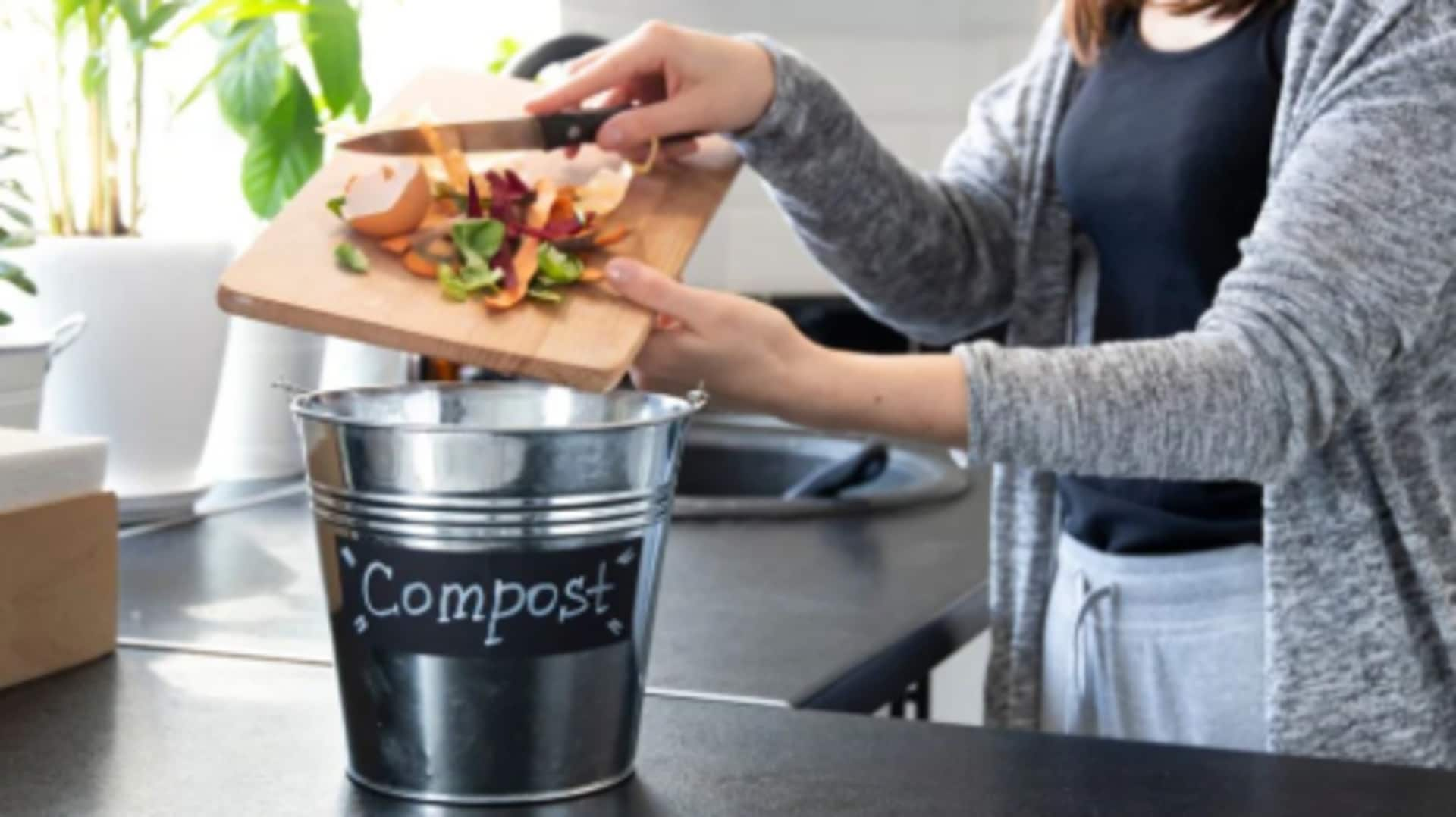
Establishing a daily habit of indoor composting
What's the story
Indoor composting: The ultimate eco-friendly habit you can easily cultivate Indoor composting is a powerful tool in the fight against household waste and environmental degradation. By transforming organic waste into nutrient-rich soil, you can cultivate sustainability right at home. Read on for easy steps to make indoor composting a part of your daily routine. Let's make saving the planet a reality, one compost pile at a time!
Selection
Choosing the right composter
Choosing the right indoor composter is key to successful composting. There are several options, including bokashi bins and electric composters, each with its own advantages and suited for different needs and spaces. Bokashi bins are perfect for small spaces. They are compact, odorless, and don't require turning or stirring. Electric composters can speed up the composting process significantly, but they come with a higher initial cost.
Materials
Understanding what to compost
Understanding what materials are compostable is key to successful indoor composting. Fruit and vegetable scraps, coffee grounds, tea bags, and shredded paper make great additions to your composter. However, you should steer clear of dairy products, oils, meats, and pet wastes as these can cause unpleasant odors and attract pests. Striking a balance between green (nitrogen-rich) and brown (carbon-rich) materials is crucial for a healthy compost mix.
Maintenance
Maintaining your indoor composter
Keeping your indoor composter well-maintained is key to preventing unpleasant odors and ensuring efficient decomposition. This involves turning or stirring the contents every few days to introduce air into the pile, and adding a good mix of green and brown materials to keep things moist but not too wet. If things start to dry out or get soggy, add more browns or greens as needed to adjust the moisture level.
Harvest
Harvesting your compost
Once your compost has turned into dark, crumbly soil with a pleasant earthy smell - this process can take anywhere between two to six months - it is time to harvest it. This nutrient-rich soil can be used for houseplants or garden beds, significantly enhancing soil health and plant growth. Plus, regular harvesting frees up space for new organic waste in your composter, ensuring the cycle continues.
Outreach
Educating others on indoor composting benefits
The small act of sharing knowledge about the benefits of indoor composting with friends and family can have a ripple effect on the environment. By showing them how easy it is to reduce waste through daily habits (composting kitchen scraps instead of throwing them away) you are making a big difference over time. Remember, landfill waste contributes to around 20% of methane emissions worldwide.